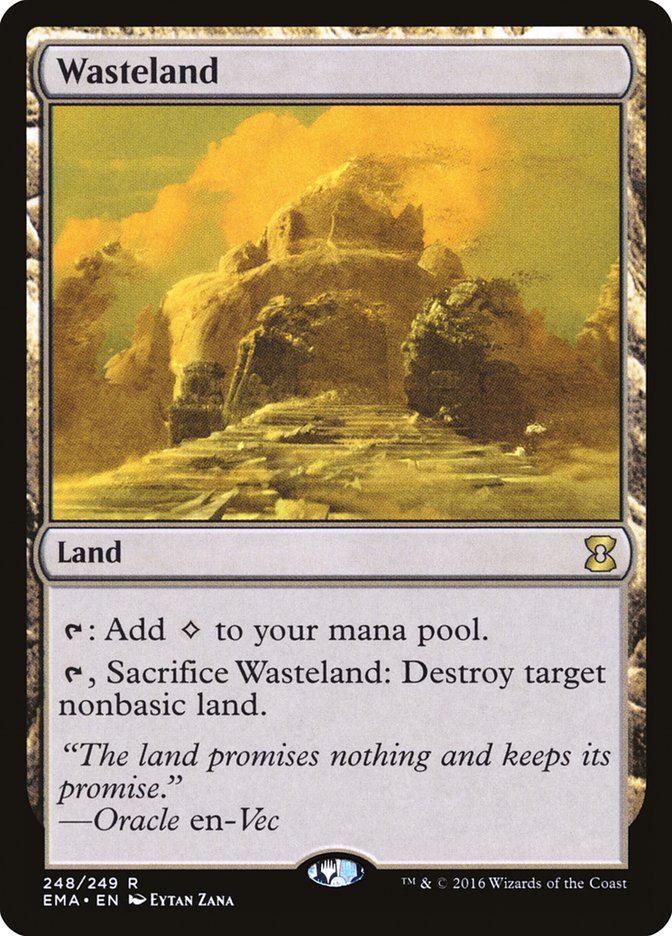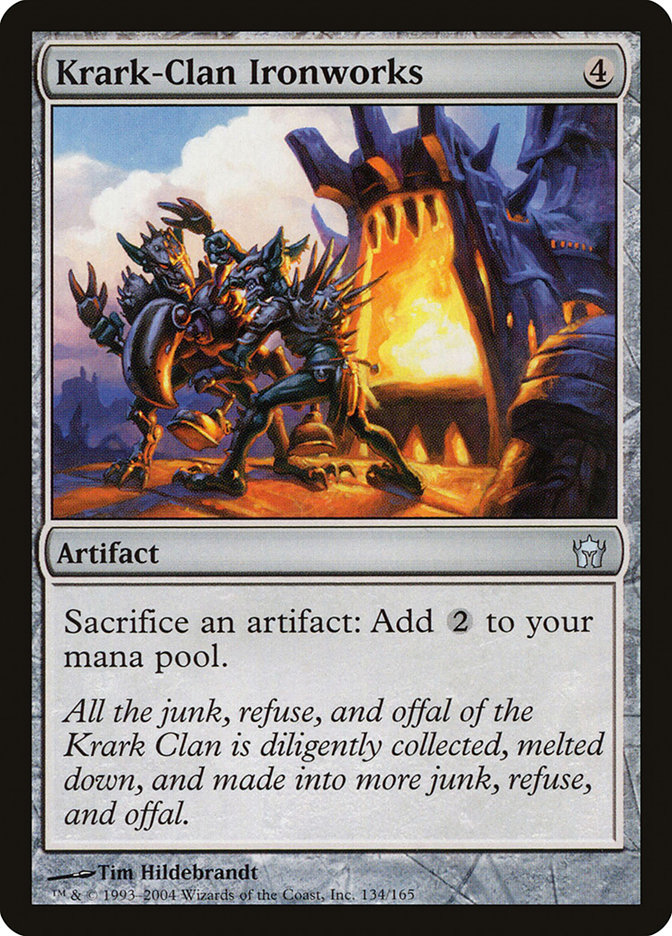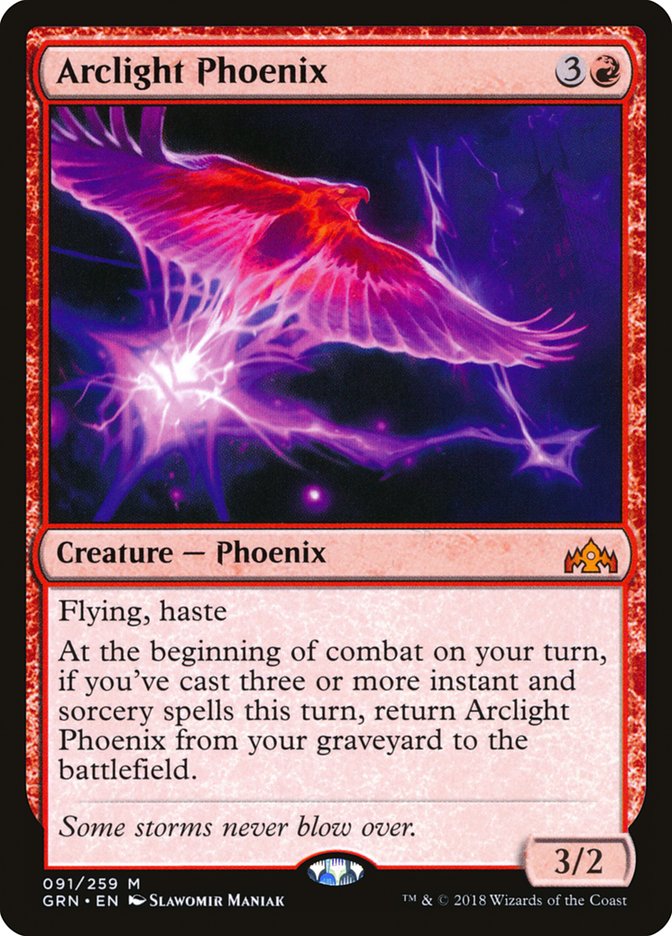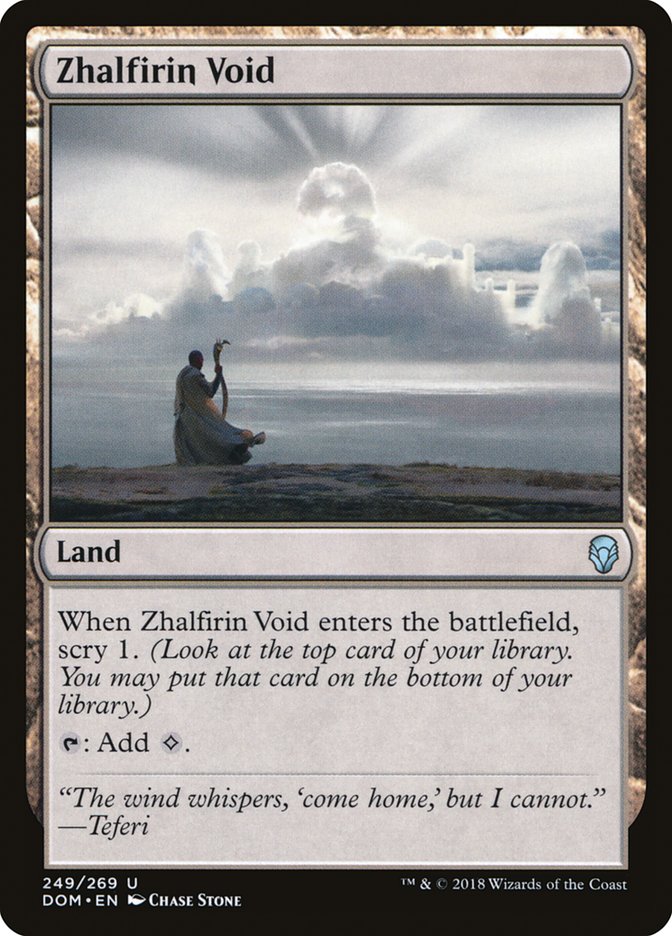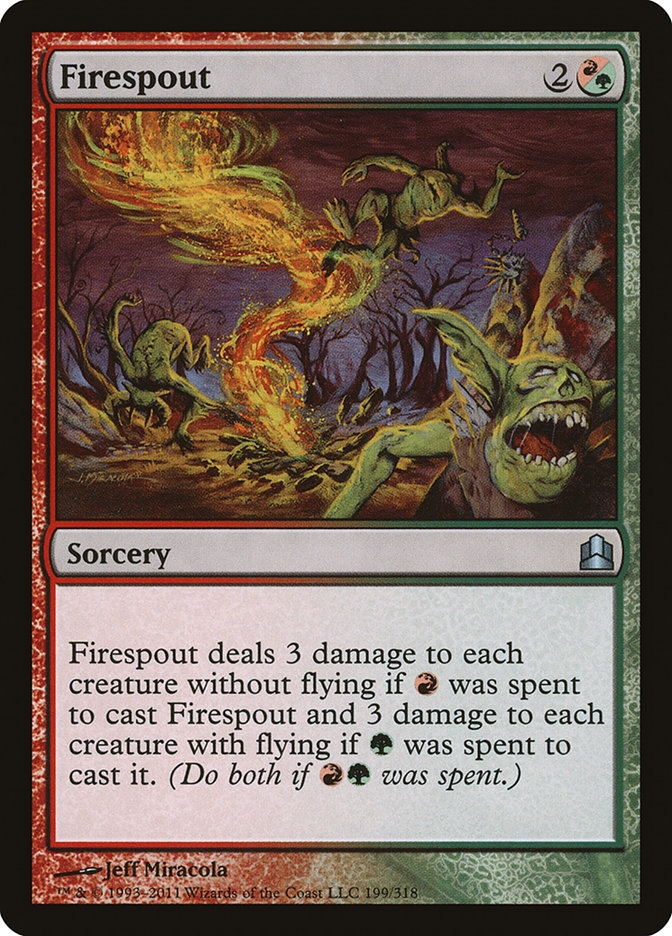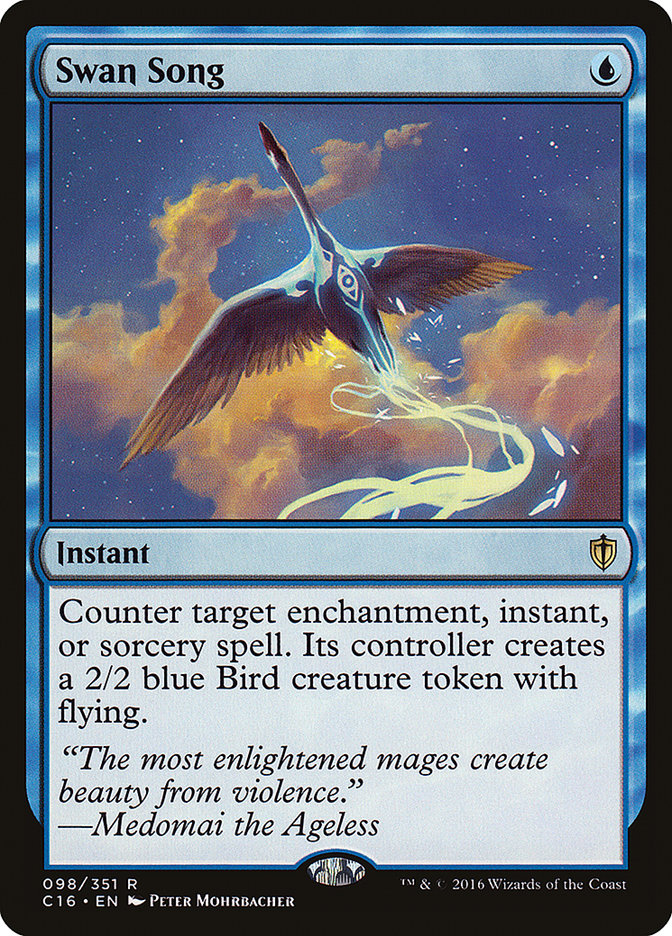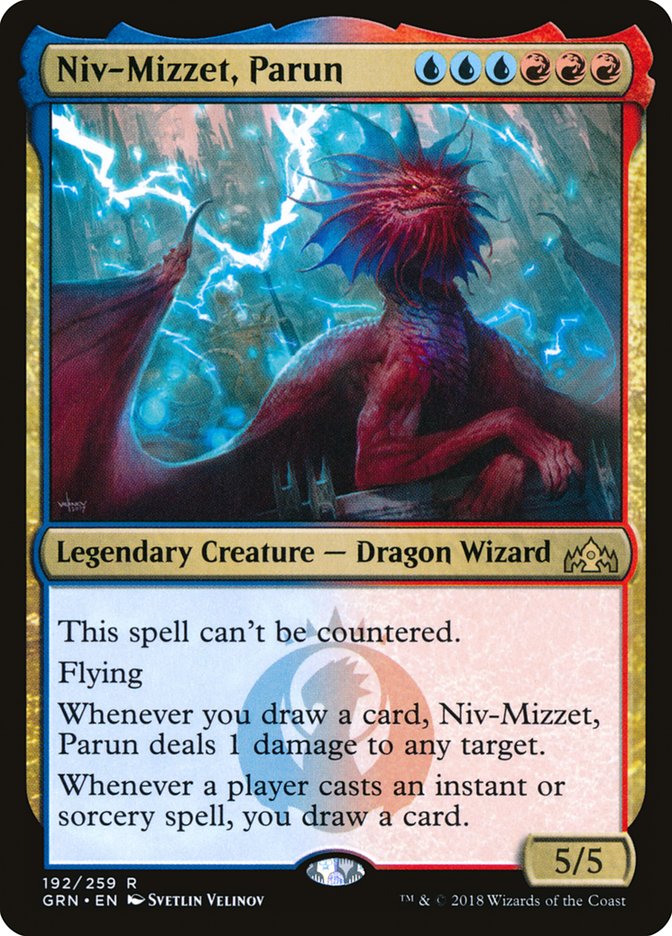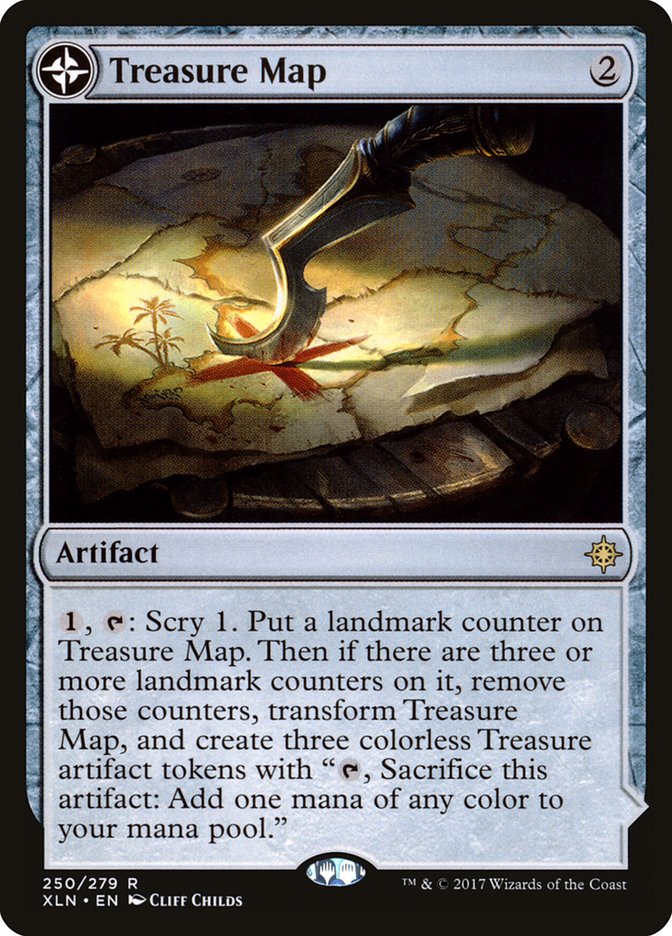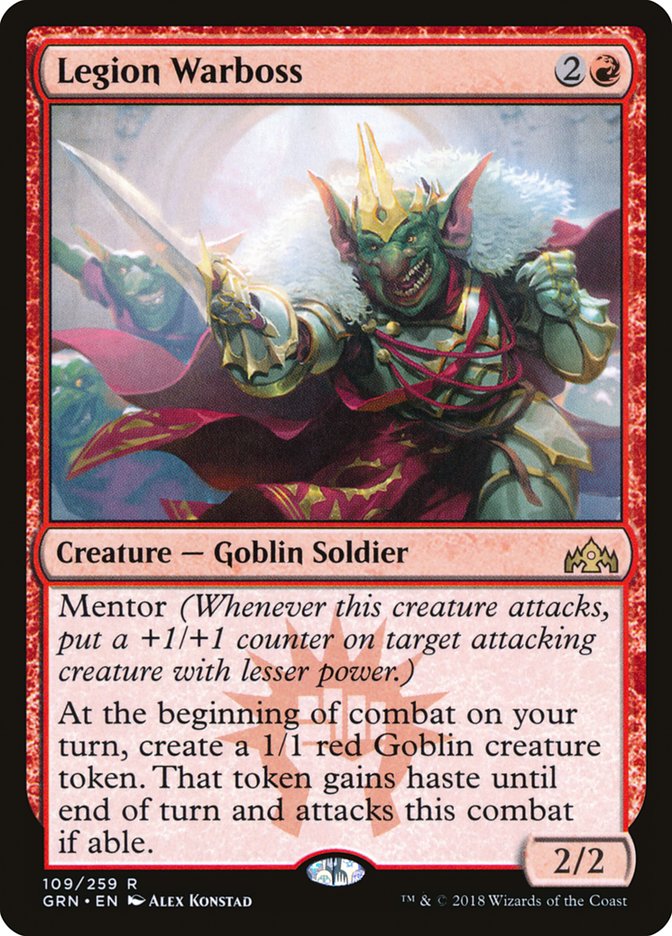My favorite tournament of the season has arrived and I’m brimming with confidence due to my deck choices. Since the release of MTG Arena, I’ve playtested hours and hours of Standard and it has been fantastic. Playtesting doesn’t feel like work anymore, which allows me to casually do it while the kiddo is taking a nap or while preparing a very informative presentation for work. Magic Online became very stale for me a few years ago, but its effectiveness is undeniable. It fills me with joy to have such an exciting alternative that has the competition as well as entertainment tied into one program.
I’ve never been one to hide my deck choices from my readers who tune in each week for the control newsletter I provide. The secrecy that some professionals have when tackling formats for high-end tournaments has value, but that ship has sailed for me a long time ago. When I sit across the battlefield from an opponent, they’re certain that the spells I sling will be from the school of control. This gives an immediate edge to my opponents, but it comes with the territory. I’ve preached the card draw and removal spell gospel for far too long to worry about other players having my decklist memorized prior to the match starting.
There are times where I don’t fit the mold that’s expected, and this occurs mostly in Modern. The popular format has been a control wasteland since its inception and that has inspired my ongoing mission to free some control staples from the banned list. We have the greatest planeswalker to ever roam back in Jace, the Mind Sculptor, but there’s still much work to be done to get control back in business. In the meantime, combo decks are everywhere and I love taking multiple game actions while my opponent hangs out.
Ironworks is the deck that I brought to the top of the format and I don’t plan on dropping it anytime soon. I wasn’t successful with it at SCG Baltimore last weekend because of a lack of preparation and some very unfortunate events. I’m never one to refer to some bad luck as a reason for an unsuccessful tournament, but this one was a unique exception. There will be no bad beat stories in this article, though, because Ironworks is still the truth in Modern and at the top of the combo food chain.
Just because the deck is one of the best out there doesn’t mean I can sit idle while the format shifts. I stubbornly didn’t change any cards since the last run of the deck, where I narrowly missed the Top 8 of Grand Prix Atlanta with losses to Jeremy Dezani and Sebastian Pozzo in the last two rounds. Both players were on Bant Spirits, a horrific matchup. It’s the one of two decks in the format that run nearly a full complement of Stony Silence and Rest in Peace. These, combined with Spell Queller, make for a nightmarish hate package that makes it very difficult to combo kill them. I defeated one Bant Spirits deck with the help of The Antiquities War Game 2, but my sideboard simply wasn’t ready for the matchup. I had triple Leyline of the Void to answer the Dredge boom and assist in the mirror, but never reconfigured for a fresh metagame that moved away from the graveyard strategies.
I mentioned in a recent What We’d Play segment that I would have played Izzet Phoenix and thought it was the best deck for SCG Baltimore last weekend.
I’m glad I nailed the winning deck with my prediction, but I don’t think it’s the runaway best deck in the format. Modern is fickle, and although decks don’t change often, the components of made strategies do. The sideboards and maindecks of the best options in Modern are constantly changing to adapt to each trend and this is in part to online gameplay in competitive Magic Online Leagues.
I’m not Nostradamus; however, I could predict a winning deck type based on the volume of results posted through online gameplay. Ironworks will never be appropriately represented because it’s far too tedious to combo through Magic Online. This drawback to the program prompts me to plead with MTG Arena developers to insert a loop mechanic sometime in the future that allows combo decks to be a viable option. Without something like this, digital Magic will not be able to match paper through the lens of professional gameplay.
The changes I made to Ironworks are to help against the tougher matchups. I removed some pieces from the maindeck that were unnecessary, as well as drastically changed the sideboard to ignore matchups that required very little effort to defeat.
Creatures (6)
Lands (18)
Spells (36)

The maindeck changes are a bit subtler than those of the sideboard. It’s tough to sculpt the starting 60 without affecting the integrity of the combo, so proceed with caution if you decide to tweak the deck a bit. Mishra’s Bauble was finally added to the deck as a one-of in order to have a few more busted starts with Mox Opal, as well as an additional zero-mana artifact that helps you move through the deck in the early turns. This addition helps us become a leaner deck, getting to the combo pieces sooner and more easily.
With that logic in mind, I’ve added a copy of Zhalfirin Void. The colorless land probably doesn’t create any excitement amongst my readers, but it does have the powerful scry ability. Scry in Ironworks – or any combo deck for that matter – is much more powerful than in other decks. The deck operates when you have two pieces of the puzzle, so it makes sense to play cards that get you to those faster. The manabase in Ironworks is always fun to manipulate because of how little drawback there is for doing so. The lion’s share of color production comes from the artifacts in the deck, which allows us to play a variety of fun utility lands to assist in finding the combo.
The sideboard is where most of the changes took place. Firespout is a knockout against Humans and Bant Spirits according to my pal Brian Braun-Duin, so I decided to give it a whirl. I’m skeptical of its effectiveness against Bant Spirits, due to their ability to hate you out hard with the appropriate enchantments, but Brian refuted that and said it’s great, which compelled me to give it one sideboard slot in addition to the other hate cards that I brought in.
I moved one Sai, Master Thopterist to the maindeck and a second in the sideboard. Sai, Master Thopterist is the real deal in Ironworks and can run away with the game, ignoring hate cards in the process. The reason why a maindeck copy is acceptable is it continues the combo even when drawn awkwardly while comboing off. It serves as a combo piece at worst and a survival tool at best, even in the first game of the match. The second one in the sideboard comes in against most matchups in order to give alternate avenues of victory. This also applies to The Antiquities War, which gives us life after death when a Surgical Extraction, Rest in Peace, or Stony Silence has us feeling down.
The switch from Guttural Response to Swan Song is a risky one, but the upside is huge. Guttural Response was solely for control decks, whereas Swan Song can hit the enchantments that attempt to ruin our lives. Having the versatility to hit Rest in Peace, Stony Silence, Surgical Extraction, and counterspells makes Swan Song the right choice for Ironworks moving forward.
There aren’t many blue sources in the deck without artifacts, so you must use Swan Song with caution. It’s not easy to set up a Swan Song turn to prevent Stony Silence from entering the battlefield on the draw, but a Mox Opal hand can make it happen. This is the reason why I still have three Spire of Industry in the deck, in order to give us a chance in those situations. Nature’s Claim is always heavily taxed in these matchups and it will be nice to have alternative outs to hate cards that can be used in other matchups.
The last card worth discussing in Blood Moon. One of the worst matchups in the format for Ironworks is Grixis Death’s Shadow. This, Bant Spirits, and control decks can be greedy with the mana and tap out on your third turn. When they do, a jammed Blood Moon can steal the show easily, and it has for me in the past. I played Blood Moon in Ironworks at the last Modern Pro Tour and it was fantastic in those spots, allowing me to defeat a control deck filled with hate cards its pilot couldn’t cast.
While Ironworks may be one of the best decks in Modern, it can be hated out. However, I don’t believe this is the case for Jeskai Control in Standard. Not only is it the best deck in the format, it feels much stronger than the next few up in power succession. I wrote an article on Jeskai Control after my pal Adrian Sullivan conquered a Grand Prix, but things have changed a bit since then. I cut a lot of the cards that I found to be very weak, tested some that I was suspicious about, and have made optimal changes with great success. The deck has been dominating on MTG Arena, as well as in testing with the gang.
Creatures (4)
Planeswalkers (3)
Lands (26)
Spells (27)

I’ve only made a few changes since the last article, but they’re critical for the deck’s success. Dive Down is a bad Magic card in control decks and should never be played. If your opponent kills one or two copies of your Niv-Mizzet, Parun, everything is going to be just fine. The deck typically allows you to cast your bomb six-drop with some mana open and protect it with Negate or Sinister Sabotage. I dropped Dive Down for Negate because it serves the same purpose with intense upside. Negate is simply a control staple that you can’t get away from. The cards that beat you are typically noncreature spells, so the counters should match the threat by the opponent.
Treasure Map allows for Niv-Mizzet to enter the battlefield with a few extra Treasures for mana. This boost in resources gives us the opportunity to ensure the safety of our win condition at best and recast spare copies at worst. This looming threat of four of these legendary creatures is compounded by the existence of Teferi, Hero of Dominaria in our deck. The Azorius planeswalker is still lights out when arriving on a friendly battlefield, so decks must defend against both noncreatures and creatures from control decks now. I toyed with fewer copies of Niv-Mizzet, but Adrian was right with using four. The pros outweigh the clunky cons and the onus is on our opponent to remove our creature immediately or the game is over.
The other changes involve an additional land, some removal swaps, and Legion Warboss as the control killer sideboard option. This adaptation had to occur because of how good the card is in the mirror. Getting cute with massive uncounterable X-spells and Dinosaurs is a thing of the past. The best way to steal the control mirror is going low early and ending with Niv-Mizzet if that was unsuccessful.
I’ll be using these lists with confidence this weekend at the Season Two Invitational and I expect to see a few copies of each (especially Jeskai Control) in the Top 8. Hopefully one of them will be me!


